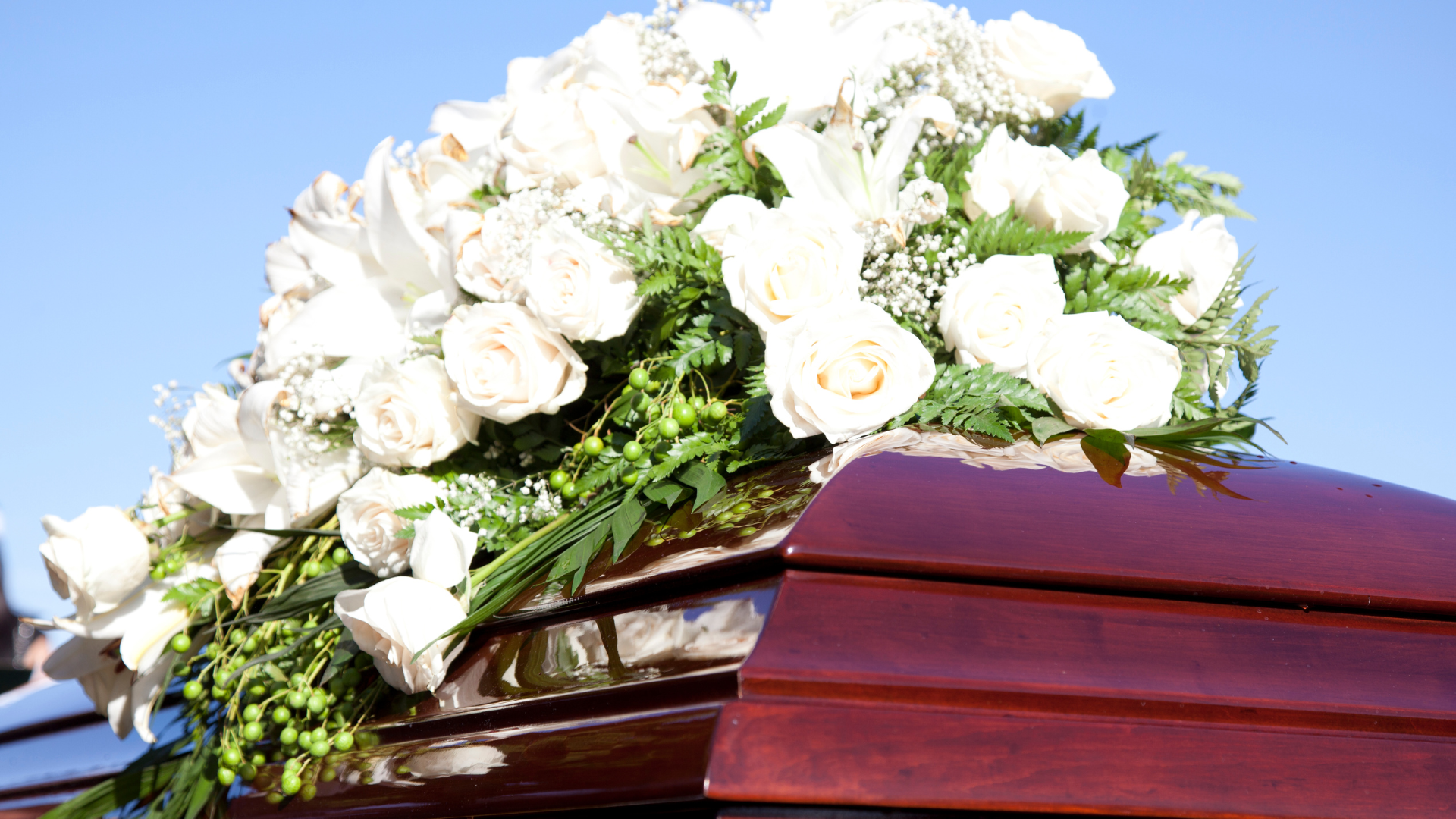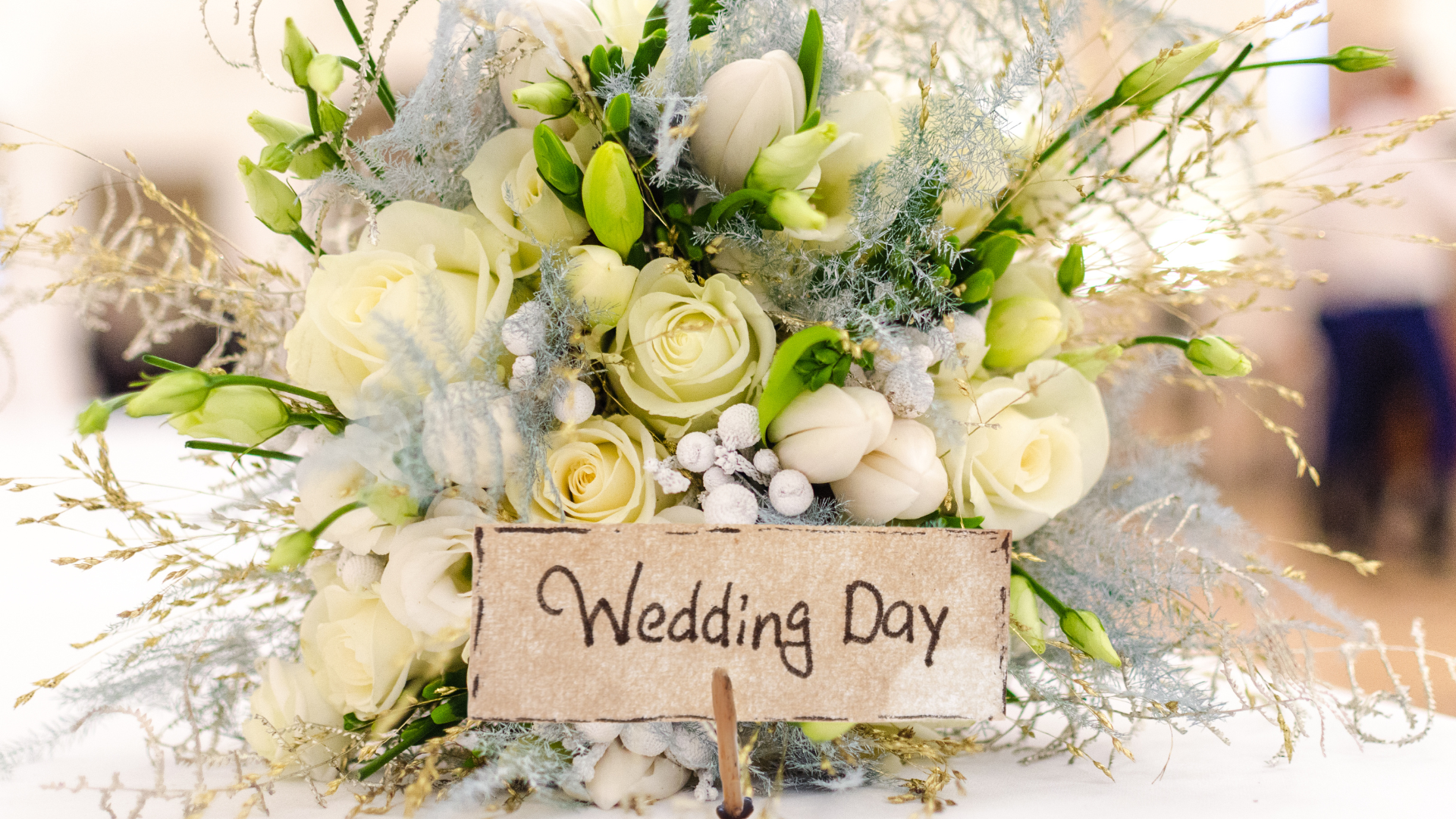Commercial cleaning involves specialized services focused on maintaining cleanliness in business environments. This type of cleaning is essential for fostering a healthy workplace, enhancing productivity, and ensuring a professional appearance that can impress clients.
These services can include everything from routine office cleaning to deep sanitation, tailored to meet the unique needs of different industries. Professional cleaners utilize advanced equipment and techniques to tackle everything from carpets to windows, providing comprehensive solutions.
By investing in commercial cleaning, businesses can create a safer and more inviting atmosphere for employees and visitors alike. This not only improves morale but also demonstrates a commitment to cleanliness and hygiene, which can positively influence a company’s reputation.
Definition of Commercial Cleaning
Commercial cleaning refers to professional cleaning services tailored for business environments. This includes a range of cleaning tasks designed to maintain workplaces like offices, retail spaces, and industrial facilities.
Services typically offered in commercial cleaning include:
- General Cleaning: Dusting, vacuuming, and mopping.
- Restroom Sanitation: Cleaning and disinfecting bathrooms.
- Window Washing: Cleaning interior and exterior windows.
- Carpet Cleaning: Deep cleaning of carpets and rugs.
These services aim to create a clean, safe, and functional environment. Commercial cleaning differs from residential cleaning in scale and frequency. It often involves larger teams and specialized equipment.
Some businesses may require daily cleaning, while others may opt for weekly or monthly services. Contracted cleaning companies often customize their offerings based on the specific needs of the client. This adaptability helps ensure that varying levels of cleanliness are maintained. In addition to routine cleaning, commercial cleaning can include specialized services like carpet or upholstery steam cleaning.
Such tasks require specific expertise and equipment, emphasizing the importance of professional services in maintaining standards.
Types of Commercial Cleaning Services
Commercial cleaning services vary based on the specific needs of businesses. Each type is tailored to address unique environments and requirements, ensuring hygiene and professional presentation.
Window Cleaning
Window cleaning is essential for maintaining a clear and professional appearance in commercial buildings. This service often includes washing both the interior and exterior surfaces of windows.
Professionals utilize specialized equipment like squeegees, extension poles, and sometimes even water-fed pole systems. These systems ensure that windows remain streak-free and clean.
Regular window cleaning prevents the buildup of dirt and grime, extending the lifespan of windows. Clogged window sills and frames may lead to further maintenance issues if not addressed promptly.
Carpet Cleaning
Carpet cleaning is vital for maintaining the appearance and hygiene of office spaces, hotels, and other commercial environments. Clean carpets enhance aesthetics and contribute to the overall air quality. Methods such as steam cleaning, dry cleaning, and shampooing are commonly employed. Each method has its benefits depending on the type of carpet and the level of soil. Regular carpet maintenance not only improves visual appeal but also reduces allergens and germs. Businesses often schedule this service quarterly or bi-annually to ensure optimal cleanliness.
Office Cleaning
Office cleaning encompasses various tasks to maintain a neat and sanitized workspace. Services include dusting, mopping, vacuuming, and sanitizing common areas, desks, and restrooms.
Professional cleaners often customize their services based on client needs and office size. Attention to high-touch areas like doorknobs and keyboards is crucial for reducing microbial growth. A clean office contributes to employee productivity and morale, making maintenance an important aspect of workplace health. Scheduling services after hours or during non-peak times minimizes disruption.
Industrial Cleaning
Industrial cleaning involves specialized techniques and equipment to maintain factories, warehouses, and manufacturing facilities. This type of cleaning requires adherence to safety regulations and industry standards.
Services may include the removal of hazardous waste, chemical spills, and regular maintenance of machinery. Trained professionals often manage this work, ensuring compliance with both environmental and safety policies.
Industries benefit from regular cleaning as it extends equipment longevity and ensures employee safety. Scheduled cleaning keeps operations running smoothly while maintaining a clean working environment.
The Commercial Cleaning Process
The commercial cleaning process involves several essential steps. Each phase plays a critical role in ensuring that spaces are maintained to high standards of cleanliness and hygiene.
Assessment and Planning
Before any cleaning begins, a thorough assessment is conducted. This step involves identifying the specific needs of the space, including the type of surfaces, level of dirt, and any particular requirements for cleaning products.
Key considerations include:
- Type of Facility: Offices, warehouses, or retail spaces may require different cleaning methods.
- Frequency of Cleaning: Establishing how often cleaning is needed helps tailor the service.
- Special Requests: Some clients may request eco-friendly products or specific sanitization measures.
Planning includes creating a detailed checklist, scheduling, and allocating resources effectively.
Execution
Execution involves implementing the cleaning plan developed during the assessment phase. Trained personnel carry out the cleaning tasks following industry standards.
Common tasks performed include:
- Dusting and Surface Cleaning: Using appropriate tools for different surfaces.
- Floor Care: Vacuuming, mopping, or deep cleaning carpets and hard floors.
- Restroom Sanitization: Ensuring all surfaces and fixtures are thoroughly cleaned and disinfected.
The use of professional-grade cleaning supplies and equipment is essential to achieve optimal results. Workers follow safety protocols to maintain a safe working environment.
Quality Assurance
Post-cleaning evaluation helps ensure that the job meets established standards. Supervisors often conduct inspections to verify the quality of work.
Quality assurance measures may include:
- Checklists: Review completed tasks against the initial assessment.
- Feedback: Gathering input from clients regarding their satisfaction.
- Follow-ups: Scheduling future assessments to maintain cleanliness over time.
Using this structured approach not only maintains cleanliness but also builds lasting relationships with clients based on trust and reliability.
Equipment and Materials in Commercial Cleaning
Commercial cleaning requires specific equipment and materials tailored for efficiency and effectiveness. Understanding the essential tools, cleaning agents, and protective gear can significantly impact the cleanliness of various workspaces.
Cleaning Agents
Cleaning agents play a critical role in commercial cleaning. These substances are designed to remove dirt, stains, and contaminants effectively.
Common types include:
- Detergents: These break down grease and dirt, making them easier to wash away.
- Disinfectants: Used to kill germs on surfaces, ensuring a hygienic environment.
- Solvents: These dissolve stubborn stains or residues, particularly useful in industrial settings.
Choosing the right cleaning agent depends on the surface and the type of dirt to be removed. Professionals must consider factors such as safety, effectiveness, and environmental impact when selecting cleaning agents.
Tools and Machinery
The tools and machinery utilized in commercial cleaning enhance productivity and efficiency.
Key equipment includes:
- Vacuum Cleaners: Essential for deep cleaning carpets and upholstery.
- Floor Care Machines: Automatic scrubbers and polishers maintain hard floors with less effort.
- Pressure Washers: Effective for outdoor cleaning tasks, removing tough dirt and grime from various surfaces.
Each tool serves a distinct purpose and contributes to a thorough cleaning process. Using the appropriate machinery can save time and deliver superior results compared to manual cleaning methods.
Personal Protective Equipment
Personal protective equipment (PPE) ensures the safety of cleaning staff during their duties. This gear protects against chemical exposure and physical hazards.
Necessary PPE includes:
- Gloves: Prevent skin irritation and chemical burns from cleaning agents.
- Masks: Protect against inhaling fumes and dust.
- Aprons and Goggles: Provide additional protection from splashes and stains.
Proper training on the use of PPE is essential. It helps ensure that cleaners adhere to safety protocols while maintaining a healthy work environment.
Benefits of Professional Commercial Cleaning
Professional commercial cleaning offers various advantages that directly impact a business’s operations, environment, and reputation. Key areas of benefit include hygiene, company image, and employee productivity.
Improved Hygiene and Health
Maintaining a clean workplace enhances hygiene and promotes health. Professional cleaners are trained to use the appropriate cleaning products and techniques that effectively eliminate germs and allergens.
Routine cleaning reduces the spread of illness, which can lower absenteeism rates among employees. This results in a healthier workforce and minimizes disruptions to productivity. Special attention is often given to high-touch areas such as doorknobs, light switches, and communal spaces. This proactive approach decreases the risk of outbreaks, benefiting the entire organization.
Enhanced Company Image
A clean and well-maintained facility enhances a company’s image and builds client trust. First impressions matter, and a spotless environment reflects professionalism and attention to detail. When clients and visitors see a tidy space, they are more likely to feel confident in the business’s capabilities.
Regular commercial cleaning ensures that areas like lobbies, conference rooms, and restrooms remain in pristine condition. This commitment to cleanliness can be a competitive advantage in attracting and retaining customers.
Increased Productivity
A clean workspace fosters an environment that promotes productivity. Clutter and dirt can distract employees and hinder their focus. By engaging professional cleaners, businesses can ensure that employees work in a safe and organized environment.
Moreover, a clean atmosphere contributes to employee morale and job satisfaction. Employees who take pride in their surroundings are more likely to be engaged and perform better. This can lead to improved efficiency and output across the organization.
Selecting a Commercial Cleaning Service
Choosing a commercial cleaning service requires careful evaluation of the services offered, cost considerations, and contract negotiations. Each of these aspects plays a crucial role in ensuring the selected service meets specific business needs.
Service Evaluation
When selecting a commercial cleaning service, businesses should assess the specific cleaning needs and standards required. This evaluation can include the types of services needed, such as carpet cleaning, window washing, or specialized sanitization.
A comprehensive checklist can help identify crucial factors, including:
- Experience: Look for a company with a proven track record in the industry.
- Specialized Services: Ensure the provider offers any necessary specialized cleaning solutions.
- Certifications & Training: Check for appropriate certifications and employee training programs that demonstrate professionalism.
Visiting client testimonials and reviewing case studies can provide helpful insights into service quality.
Cost Considerations
Cost is a significant factor when selecting a cleaning service. Businesses must understand how pricing structures work and what is included in the quoted price.
It’s essential to compare several service providers to gauge market rates. Consider asking for a breakdown of costs, which may include:
- Hourly Rates: Common for occasional cleaning services.
- Flat Fees: Often used for contractual agreements.
- Additional Charges: This might include costs for specialized services and supplies.
Ensuring transparency in pricing can prevent any unexpected charges later on.
Contract Negotiations
Engaging in clear contract negotiations is vital for establishing expectations. A well-defined contract should cover all aspects of the service, including the frequency of cleaning, specific tasks, and service hours.
Key elements to negotiate may include:
- Length of Contract: Determine the duration that meets business needs, whether short-term or long-term.
- Termination Terms: Clarify the conditions under which the contract can be canceled.
- Liability and Insurance: Ensure the provider has adequate liability insurance to protect against damages.
Thorough negotiation can lead to beneficial agreements that serve the interests of both parties.
Regulations and Standards in Commercial Cleaning
Awareness of regulations and standards is crucial for companies engaged in commercial cleaning. Adhering to these guidelines ensures a safe environment for both employees and clients. Various regulatory bodies set forth rules that must be followed to maintain compliance and quality in cleaning practices.
OSHA Guidelines
The Occupational Safety and Health Administration (OSHA) establishes standards that govern workplace safety across various industries, including commercial cleaning. Key regulations include the proper handling of cleaning chemicals and the use of personal protective equipment (PPE). Employers must ensure that:
- Employees receive training on hazardous materials.
- Safety Data Sheets (SDS) are accessible for all cleaning products.
- Regular safety audits are conducted to identify potential hazards.
Employers are legally obligated to provide a safe working environment to minimize the risk of accidents and injuries.
EPA Regulations
The Environmental Protection Agency (EPA) plays a significant role in regulating substances used in commercial cleaning. The agency oversees the approval and labeling of cleaning products under the Federal Insecticide, Fungicide, and Rodenticide Act (FIFRA). Important aspects include:
- Cleaners must be registered with the EPA for safety and efficacy.
- Products must comply with guidelines on volatile organic compounds (VOCs).
- Disinfectants used in commercial settings should meet specific efficacy claims.
Following EPA regulations helps ensure that cleaning practices are environmentally friendly and safe for public health.
Industry Best Practices
Beyond regulations, adopting industry best practices enhances the quality and safety of commercial cleaning. These practices focus on efficiency and effectiveness. Key elements include:
- Regular training programs for staff to keep them updated on safety protocols.
- Utilizing green cleaning products that are safer for people and the environment.
- Implementing an effective cleaning schedule to ensure thorough sanitation.
Companies that prioritize these best practices not only comply with regulations but also improve client satisfaction and trust.
Challenges in Commercial Cleaning
Commercial cleaning faces various challenges that can impact both service quality and customer satisfaction. Key issues include:
- Staff Training: Ensuring that employees are adequately trained in cleaning techniques and safety protocols is critical. Inconsistent training can lead to subpar cleaning results.
- Scheduling Conflicts: Balancing cleaning schedules with client operations can be difficult. Cleaners may need to work during off-hours to avoid disrupting businesses.
- Equipment Maintenance: Regular maintenance of cleaning equipment is necessary to ensure efficient operation. Breakdowns can lead to delays and increased costs.
- Variety of Spaces: Different commercial environments, such as offices, hospitals, and retail, have unique cleaning requirements. Adapting to diverse needs requires specialized knowledge.
- Health Standards: Meeting health and safety regulations can be complex. Regular updates to standards necessitate ongoing education for cleaning staff.
- Environmental Concerns: Increasing demand for eco-friendly cleaning products complicates supply chains. Companies must balance effectiveness with sustainability.
- Competition: The commercial cleaning industry is highly competitive. Companies must differentiate themselves through quality service and innovation to retain clients.
Addressing these challenges requires strategic planning and continuous improvement in processes and training.
Innovations and Trends
The commercial cleaning industry is experiencing significant innovations driven by technology and sustainability.
Green Cleaning Products
There is a growing preference for environmentally friendly products. Businesses are adopting cleaning solutions that are biodegradable and free from harmful chemicals.
Automation and Robotics
The use of robots and automated systems is increasing. These technologies enhance efficiency and consistency in cleaning routines, particularly in large spaces.
Smart Technology Integration
IoT devices are making their way into commercial cleaning. Smart sensors can monitor cleanliness levels and optimize cleaning schedules based on real-time data.
Increased Focus on Hygiene
Post-pandemic, there is a heightened awareness of hygiene. Businesses are implementing enhanced cleaning protocols and frequent sanitization to ensure the safety of employees and clients.
Training and Certification
Continuous education is becoming vital. Companies are investing in training programs for staff to implement best practices and stay updated on industry standards.
Data-Driven Cleaning Solutions
Utilizing data analytics allows companies to track cleaning efficiency and identify areas for improvement. This trend leads to more targeted cleaning efforts.
These advancements reflect a shift towards more efficient, safe, and sustainable cleaning practices in the commercial sector.










